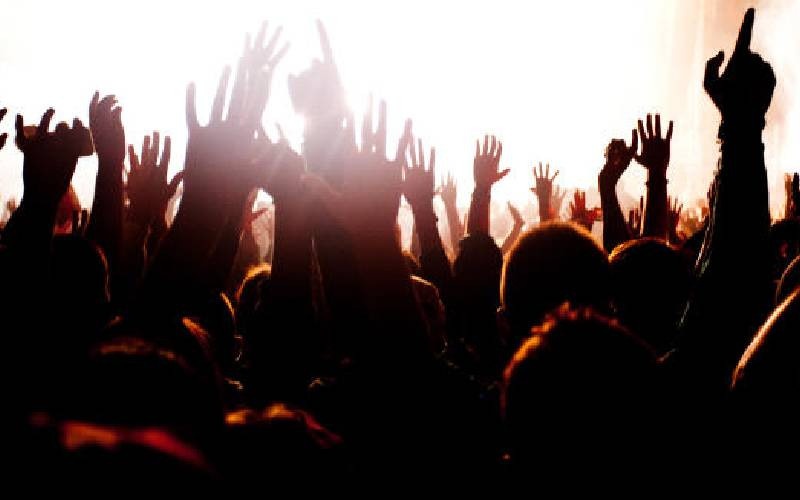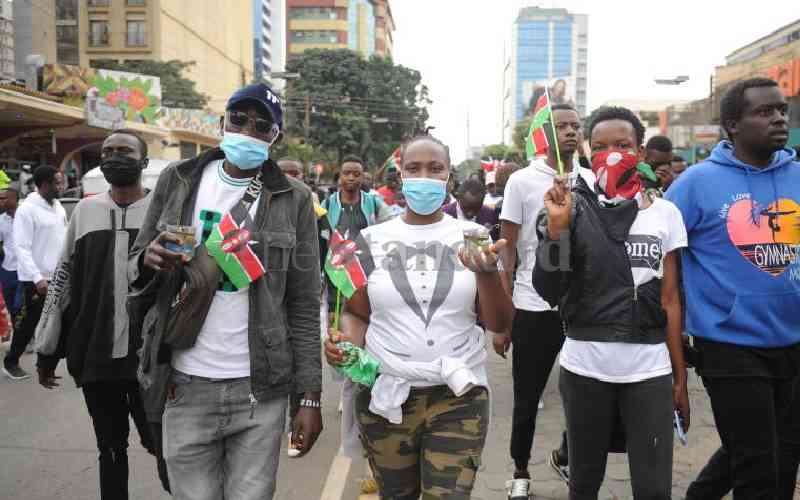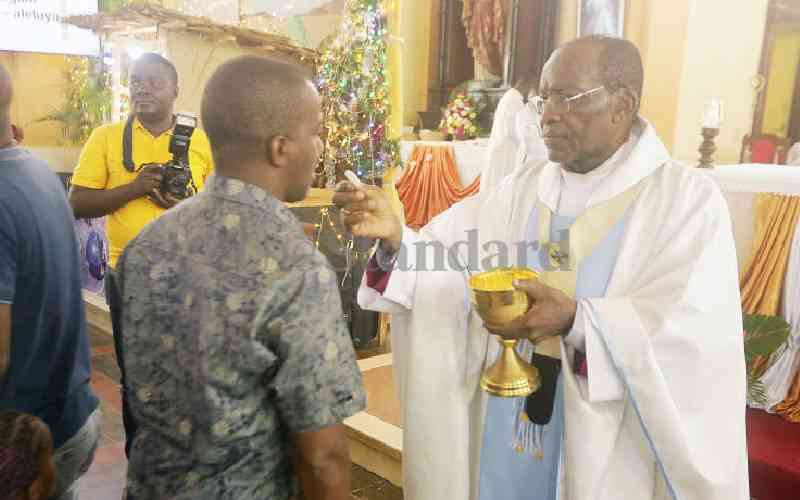 |
|
Statue of people representing Kenyans raising their flag. (Photo:Courtesy) |
By JENNIFER MUCHIRI
Kenya: The name Wanjiku is often mentioned by Kenyans, not in reference to a common name for females among the Agikuyu, but to mean ordinary Kenyans. The term was coined by former President Daniel arap Moi in the late 1990s in a debate regarding constitutional review. Politicians, activists and the civil society movement were agitating not just for the constitution to be reviewed but for the review to be people-driven where Kenyans’ views were to be collected and incorporated in the new constitution. Moi, clearly irritated, responded to these demands by stating that Wanjiku could not be involved in the constitutional review process because she is ignorant. Since then the term “Wanjiku” became the slogan for constitutional activism and other socio-political debates in Kenya. But who, exactly, is Wanjiku? This is the question that a newly published book, Wanjiku: A Kenyan Sociopolitical Discourse (Goethe-Institut, Nairobi and Native Intelligence, 2014) seeks to answer. Edited by Naomi Shitemi and Eunice Kamaara, this book is a collection of several essays debating Wanjiku from different perspectives. Moi’s Wanjiku was the general Kenyan who was not only ignorant of national issues but whose understanding of politics and the processes of constitution making was limited. As such, this Wanjiku would be better off leaving this complicated process to lawyers and politicians. The essays in this book demonstrate that the idea of Wanjiku has changed over time and it is open to several interpretations in the process of the making of the constitution. Noting that the term Wanjiku has been popularised largely by cartoonist Godfrey Mwampembwa (Gado), the editors reproduce excerpts of an interview with this cartoonist in a bid to explain his understanding and interpretation of Wanjiku. The editor’s note that Gado has almost always given Wanjiku a female body while painting her as a person whose rights is often infringed. However, this does not necessarily mean that Wanjiku is female but rather a representative of mwananchi – the common man or woman. Gado’s Wanjiku is different from Moi’s in the sense that s/he is aware of his/her rights and can eloquently articulate the issues that affect her. Indeed, Wanjiku is gender – and ethnicity – neutral, only identifi ed as a Kenyan; a person whose rights need to be safeguarded and whose voice needs to be heard.Abraham Mulwo examines the discourses that have shaped the emergence of Wanjiku while Anne Njoroge focuses on the deception and greed of the political class over the years. The politicians who wanted Wanjiku left out of the constitution- making process are presented as looking out only for their own immediate gains while not making any effort to protect the rights of the ordinary Kenyan. The powerful politicians make decisions in the name of Wanjiku but they have little or no regard for his/her needs. The writers argue that Wanjiku should be the central pillar in the constitution making process.
Illegal groups
Eunice Kamaara’s essay addresses the abortion debate in Kenya, one of the most contentious issues during the review of the old constitution and writing of the new one. Kamaara uses abortion as a reference point to discuss gender-based injustices, arguing that women’s special needs are often ignored or neglected. She highlights the insensitivity of medical personnel, religious leaders, politicians, civil society, media professionals and others who, in the discussion of abortion clause, did not make sufficient consideration for Wanjiku’s circumstances, especially poverty. In addition, they did not seek her voice as they discussed the issue in a complicated language in high-level meetings held in venues Wanjiku cannot access.
Busolo Wegesa discusses the representation of Wanjiku in the Kenyan popular media and examines the different faces that Wanjiku takes and the challenges that ordinary Kenyans have to consistently deal with. Hazel Ayanga discusses Wanjiku’s perceived voicelessness and powerlessness and argues that despite the ordinary Kenyan’s poverty, s/he is powerful and politicians need to realise that Wanjiku can interpret concepts and ideas. Some of the issues that Wanjiku has to grapple with include insecurity and HIV/Aids. David Nderitu discusses mungiki as a struggle by Wanjiku to express himself/herself. He views the disgruntled youth who join illegal outfi ts such as Mungiki as Wanjiku because they suffer landlessness, unemployment and poverty. Harrison Maithya, Wendy Taylor and Jepchirchir Kiplagat demonstrate that it is Wanjiku households that bear the brunt of HIV/Aids. Poor Kenyans have to serve as caregivers to those suffering from HIV/Aids as well as look after thousands of children orphaned by the scourge. Rose Musyoka and Peter Ngau’s essay addresses the land issue in Kenya, noting that Wanjiku is vulnerable with regard to land matters. This book, therefore, expands the understanding of Wanjiku from the parochial sense in which Moi used it to a representation of Kenyans who have to grapple with increasing poverty, hopelessness and greedy politicians. In a sense, every Kenyan is Wanjiku. As Kenyans debate the rising insecurity, wage bill and political and economic uncertainty, this book is worth reading. The book will be launched on April 2 at the Goethe- Institut.
 The Standard Group Plc is a
multi-media organization with investments in media platforms spanning newspaper
print operations, television, radio broadcasting, digital and online services. The
Standard Group is recognized as a leading multi-media house in Kenya with a key
influence in matters of national and international interest.
The Standard Group Plc is a
multi-media organization with investments in media platforms spanning newspaper
print operations, television, radio broadcasting, digital and online services. The
Standard Group is recognized as a leading multi-media house in Kenya with a key
influence in matters of national and international interest.
 The Standard Group Plc is a
multi-media organization with investments in media platforms spanning newspaper
print operations, television, radio broadcasting, digital and online services. The
Standard Group is recognized as a leading multi-media house in Kenya with a key
influence in matters of national and international interest.
The Standard Group Plc is a
multi-media organization with investments in media platforms spanning newspaper
print operations, television, radio broadcasting, digital and online services. The
Standard Group is recognized as a leading multi-media house in Kenya with a key
influence in matters of national and international interest.










